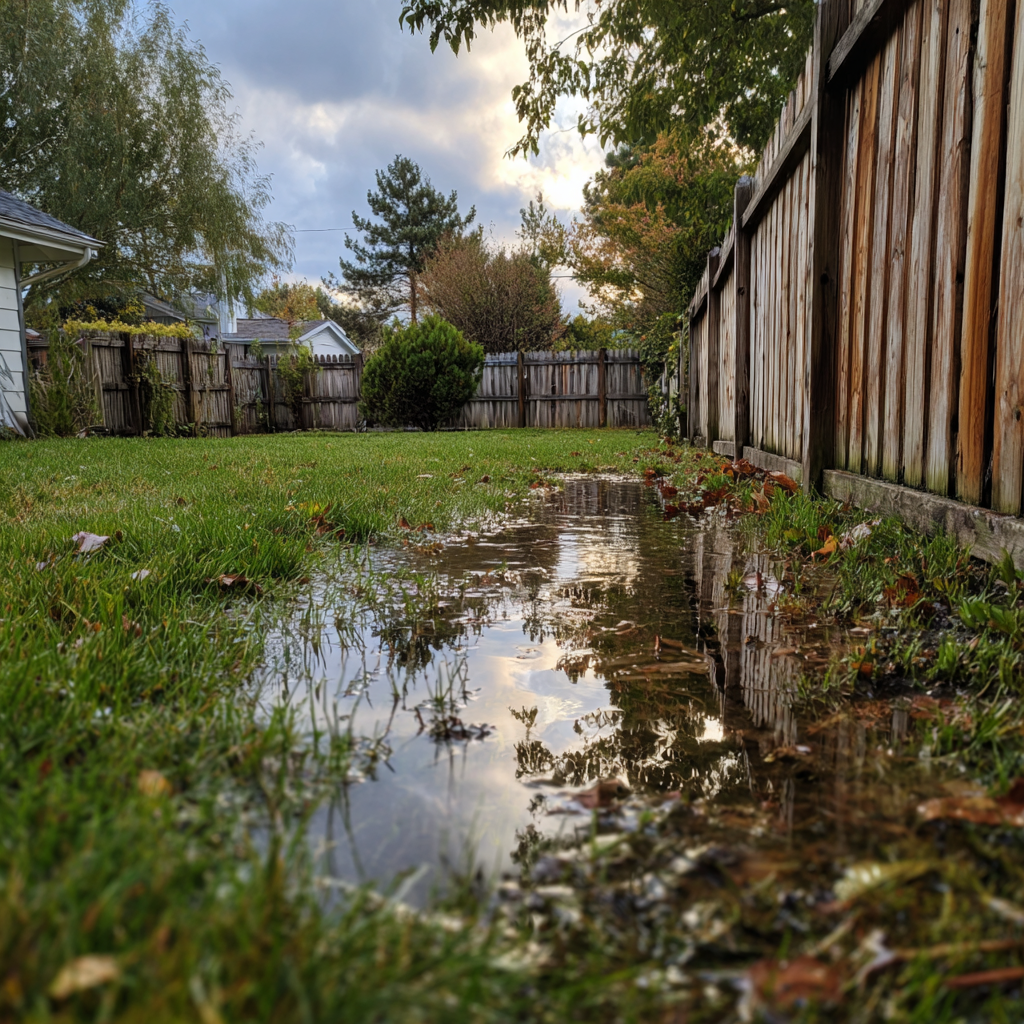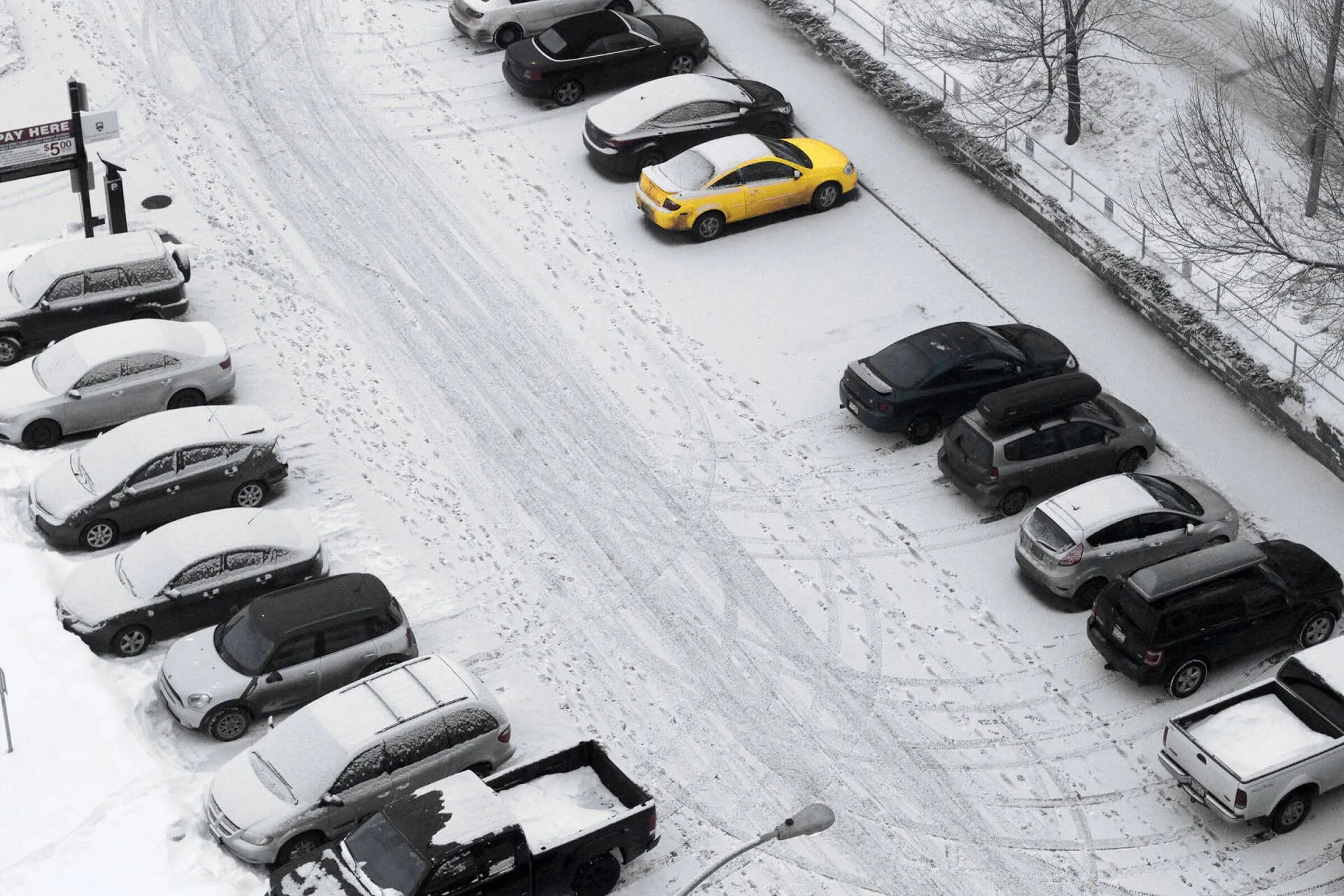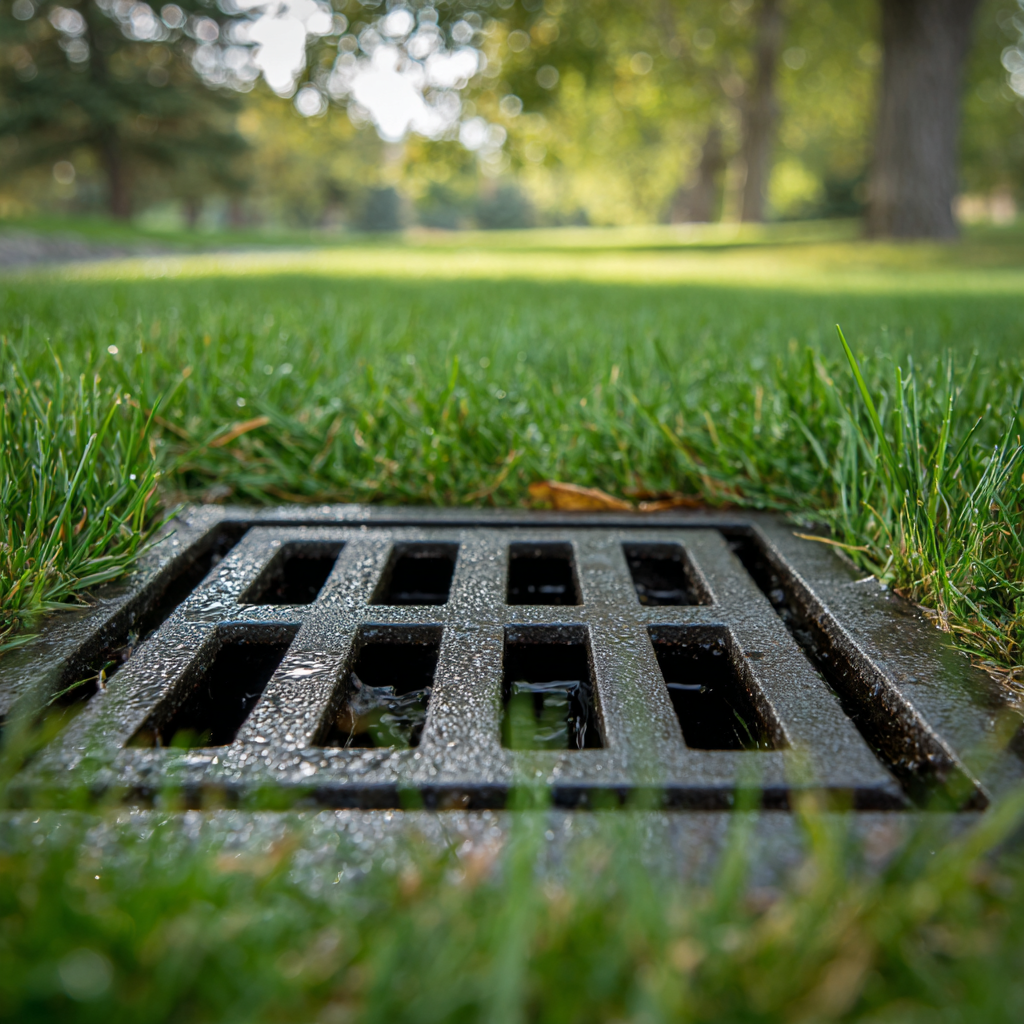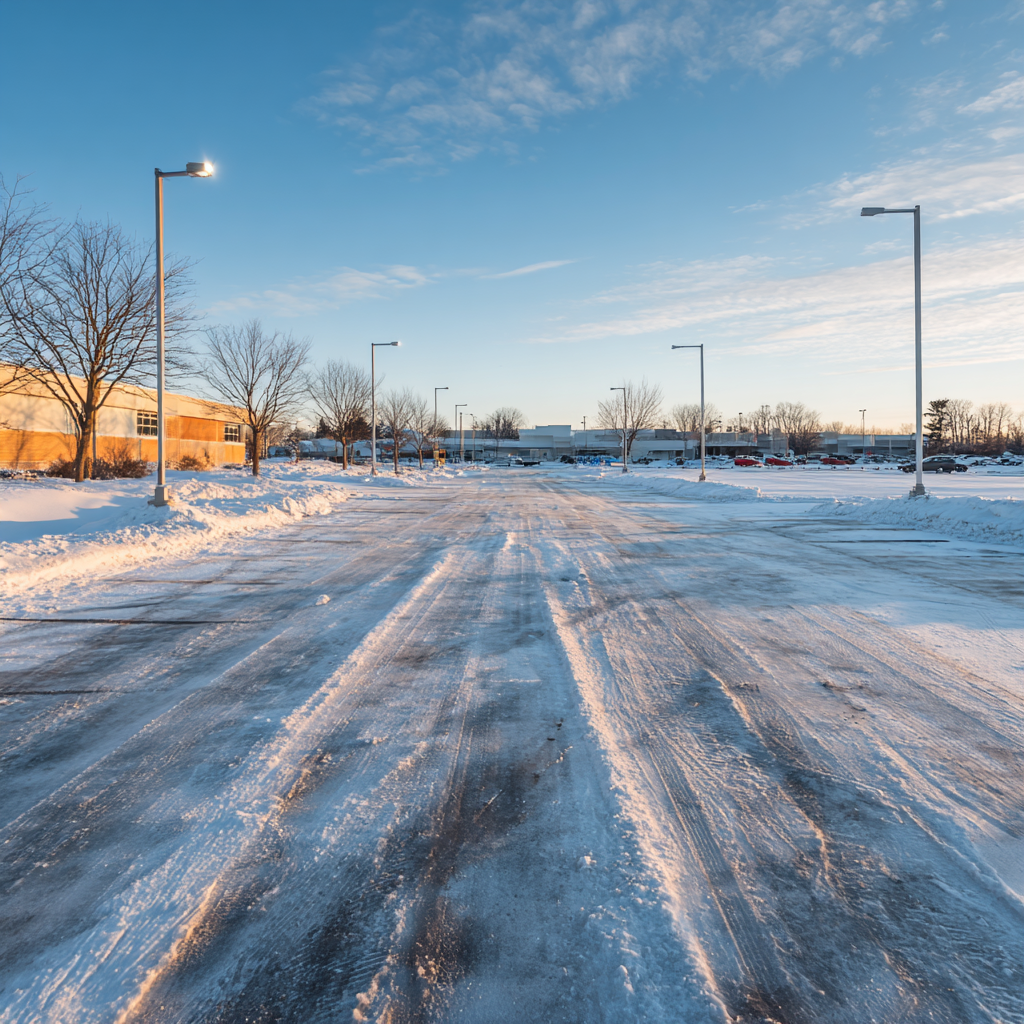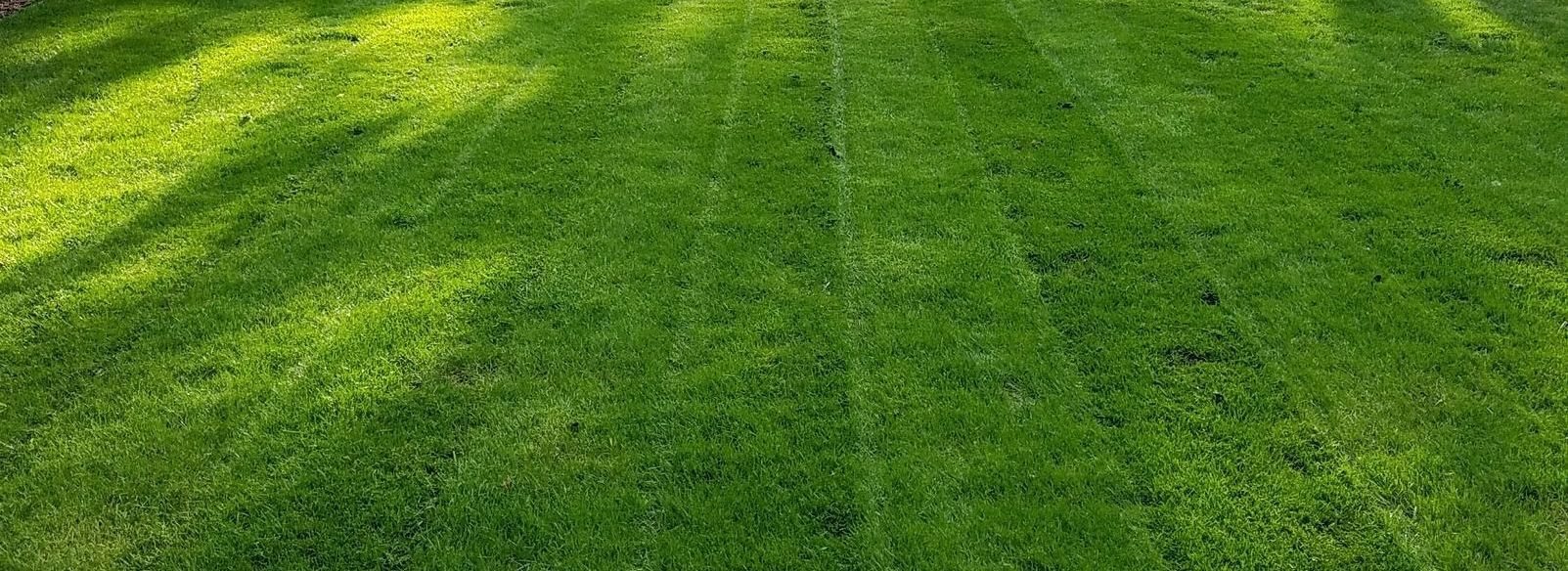What's Included in Professional Snow Removal Contracts: St. Louis Park Guide
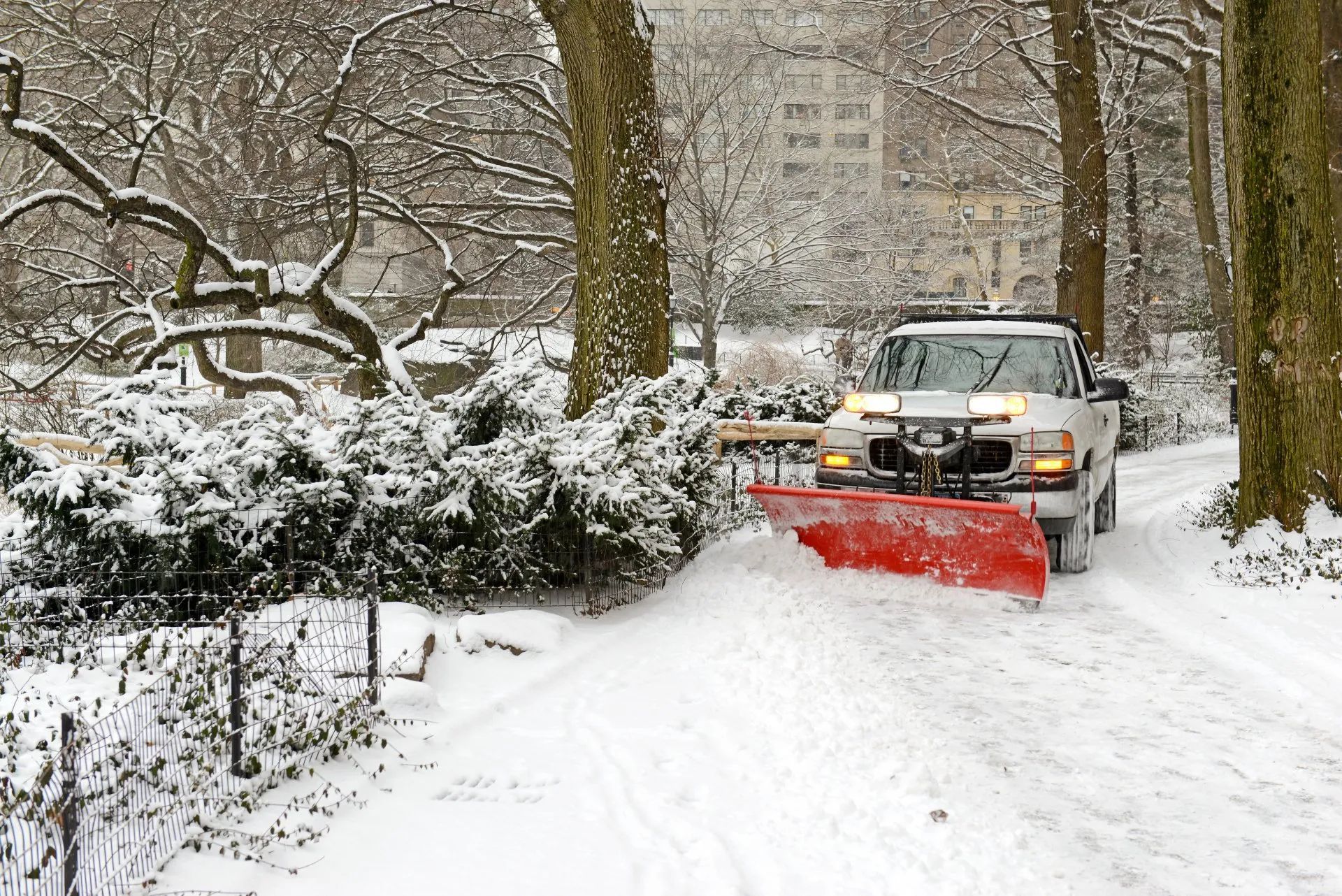
What's Included in Professional Snow Removal Contracts: St. Louis
You're comparing snow removal companies in St. Louis Park for the upcoming winter. Every company quotes a seasonal price, but what are you actually getting for that money? Service levels vary dramatically between companies offering similar prices.
Based on what we've seen, most homeowners don't know what to ask about when comparing snow removal services. They focus on price without understanding what's included. Two companies with similar prices may provide completely different service experiences. Understanding what professional snow removal actually includes helps you compare companies properly and know what you're paying for.
Why "Snow Removal Contract" Isn't Specific Enough
Some companies just plow driveways. Some include walkways, some charge extra. Response times vary from "within an hour of snow stopping" to "within 48 hours" to "when we get there." Communication ranges from detailed pre-storm updates to absolutely nothing. Storm management approaches differ completely between companies.
You need to know specifically what you're paying for. "Seasonal snow removal contract" describes the billing structure, not the actual service. The details determine whether you're getting professional comprehensive service or just someone who eventually plows your driveway.
Pre-Season Preparation and Staking
Professional snow removal starts before the first snowflake falls. Staking involves placing reflective snow markers along driveway edges to mark boundaries so crews know exactly where to plow. This prevents damage to landscaping, lawn edges, and features that disappear under snow cover.
Without staking, crews are guessing at boundaries when everything is covered in snow. This leads to landscaping damage from plowing wrong areas, driveway edges getting torn up, and lawn damage you discover when snow melts in spring. Professional companies stake all properties before first snow.
Service mapping means creating detailed maps showing what areas get cleared, notes for crews about obstacles and tight spaces, documentation of where to pile snow, and pictures of the property. This ensures consistent service regardless of which crew member shows up on any given day.
This preparation work separates professional service from casual plowing. Companies that skip this step are winging it every time they plow your property. When comparing companies, ask: Do you stake properties before winter? Do you create service maps? How do you train crews on new properties? What happens if landscaping gets damaged?
Communication Before, During, and After Snow Events
At KG Landscape, we send email before each snow event detailing our timeline and service plans. Customers know what to expect before the storm arrives. There's no guessing when service will happen or whether we're even coming.
Communication matters because you need to plan around snow removal timing. Knowing when crews will arrive helps with car placement in your driveway. Understanding our service approach reduces anxiety during storms. Professional companies provide clear communication as standard practice.
For major events, we provide updates on timing and approach during the storm. This helps customers understand why crews haven't arrived yet when we're using strategic timing for heavy snow. Reduces calls to our office during busy storm periods because customers have information they need.
Post-service, you know service was completed, who to contact if issues exist, and have documentation of service for your records.
Poor communication looks like having no idea when service will happen, guessing if the company is even coming, not being able to plan around snow removal, and calling the office repeatedly with no information available. This is the most common complaint we hear about other snow removal companies.
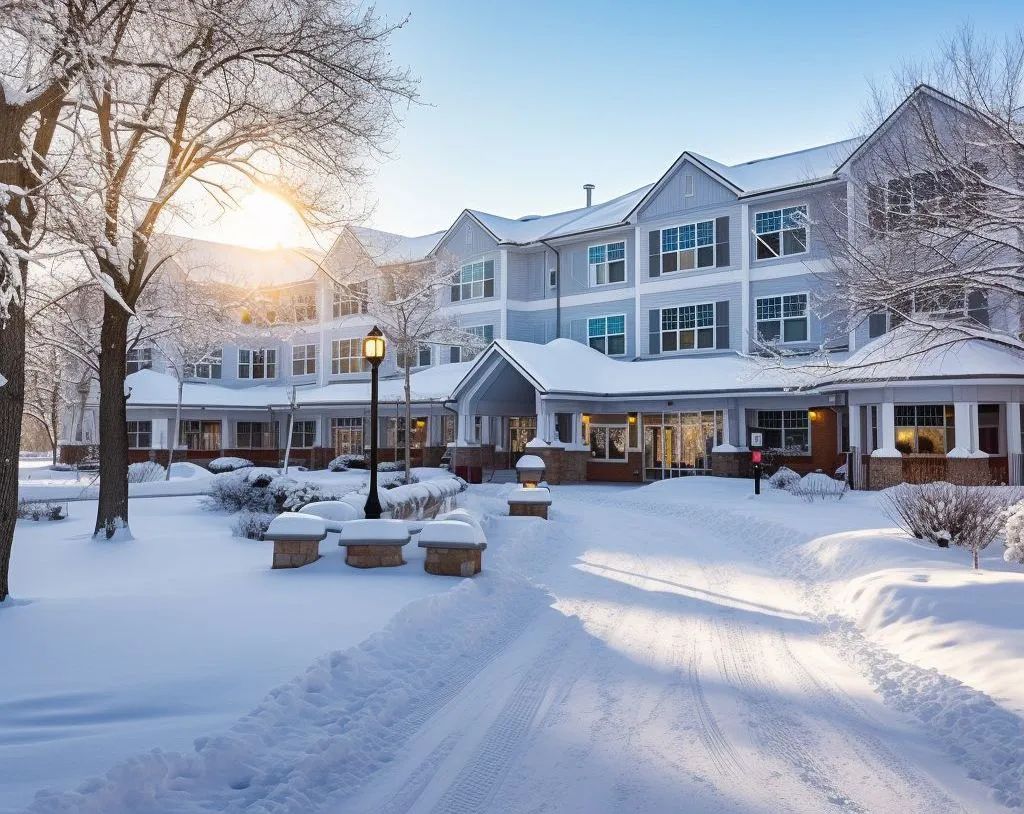
Seasonal Contract Coverage
Seasonal contracts include coverage throughout the entire winter season, typically November through April in Minnesota. Unlimited service regardless of snowfall amounts. No matter when it snows or how much falls, you're covered. Fixed cost provides predictable budgeting.
Seasonal contracts provide better service because the company commits capacity to you for the entire season. You're a priority customer, not someone who "calls if available" hoping for service. There's no per-storm invoicing and cost uncertainty. Professional companies can staff properly with the reliable income seasonal contracts provide.
We track storms days ahead of time, making plans for teams to deploy as fast as possible when snow arrives. Equipment prep happens before storms hit. This preparation level requires the seasonal contract model to work financially for professional companies.
Comparison to per-storm pricing shows why seasonal is better. Per-storm means you might not get service during big storms when companies are overwhelmed. You're bottom of the priority list behind seasonal customers. Costs are unpredictable. Service is less reliable overall. Most professional residential snow removal companies only offer seasonal contracts for these reasons.
Response Times and Service Triggers
Service triggers automatically at specific snow depth threshold, usually 2-3 inches for residential properties. Automatic dispatch when threshold is reached based on snowfall measurement. No need to call and request service. It happens automatically based on accumulation.
For standard snow events under 6-8 inches, our goal is all teams deployed within 1 hour of snow stopping. Crews arrive at our shop 2-3 hours before snow is forecasted to stop. Equipment is ready, safety checks are done, everyone is prepared to roll immediately. We clear all snow in single visit for these normal events.
Why we wait for snow to stop for normal events: Plowing during snow means plowing multiple times as snow continues accumulating after we leave. It's more efficient to clear all snow once. Provides faster overall service to all customers. Single visit means less disruption to your property.
Heavy snow events over 6-8 inches require different strategy. Can't wait for all snow to accumulate or customers risk getting snowed in. Need different approach for major storms to keep properties accessible.
Heavy Snow Event Management
Heavy snow needs different approach because waiting until 12 inches accumulates means customers are trapped. Can't get cars in or out of driveways. Snow becomes too heavy to move efficiently. We need to prevent customers from being snowed in during major events.
The "open-up" strategy means for forecasted 6-8 inch or larger events, we deploy teams during the storm. We time routes to clear snow near the halfway point of accumulation. Example: if 12 inches is forecasted, we clear after 4-6 inches has accumulated. This ensures customers can still use driveways during the event and prevents being trapped by heavy accumulation.
We return for service after the storm ends to clear the second half of snow that fell after the open-up visit. Full service happens in two visits for heavy events. This is more work for us, but provides much better customer experience.
Many companies only come once even in heavy snow. Customers are stuck with 10-12 inches until the storm completely ends. Could be snowed in for extended period with no access. Our approach keeps properties accessible throughout major events, which matters significantly for customer satisfaction and safety.
City Plow Windrow Management
The windrow problem happens constantly. City plows your street after we've cleared your driveway. This leaves a pile of heavy, packed snow at the driveway end. Extremely common and frustrating. Not your fault, not our fault - just timing between our service and city operations.
How we handle it: give us a call when the city plow creates a windrow pile. We send a truck back out to clear it. This is included in our seasonal service as standard. Responsive service for this common and frustrating issue.
Windrows can be 2-3 feet of packed, heavy snow that's difficult for homeowners to clear themselves. It blocks driveway access after everything else was cleared professionally. Professional companies have a plan for this issue rather than leaving customers to deal with it.
When comparing companies, ask: What happens when city plow creates windrow after you've cleared? Is windrow clearing included or extra charge? How quickly can you return to clear windrows? Do I need to call or do you monitor for this?
Consistent Driver Assignment
At KG Landscape, the same driver handles the same properties all winter long. They learn your property specifically. Service gets better each visit as they understand your needs. Customer feedback reaches the same person who's actually plowing your property.
Consistency matters because the driver learns where to pile snow that works best for your property. They know obstacles and tight spaces from repeated experience. They understand your specific preferences. This builds relationship and accountability. Quality improves throughout the season as familiarity increases.
Communication with drivers happens through customer feedback and notes that go directly to their assigned driver. Tablets in trucks show property notes and photos. Staff meetings discuss specific properties and needs. The driver becomes genuinely familiar with your property over the season.
Inconsistent service means different driver every time. They don't know your property. They make the same mistakes repeatedly. There's no improvement or learning. Customer notes never reach the actual driver doing the work. This is common with companies that use random contractors or rotate crews constantly.
What to Compare When Getting Quotes
Beyond just price, you need to ask about scope of service. Does it include just driveway or walkways too? Which walkways specifically? Where does snow get piled? Any areas specifically excluded from service?
Ask about service triggers and timing. What snow depth triggers automatic service? What's the response time goal? How do you handle storms over 6-8 inches? Do you plow during storms or wait until after for normal events?
Communication standards matter. Do you send pre-storm updates? How do I know service was completed? Who do I contact with issues or questions? What's your response time for communication?
Preparation and consistency questions include: Do you stake properties before winter? Same driver all season or rotating crews? How do you handle landscaping damage if it occurs? What's your training process for crews?
Additional services to clarify: Is city windrow clearing included or extra? Walkway ice melt application included or separate charge? Any limits on service frequency during active snow periods?
Red Flags When Comparing Companies
Vague contract language like "we'll plow when needed" without defining what that means. No specific trigger depth documented. No response time commitments. Unclear about what's included versus extra charges.
No pre-season preparation means they don't stake properties, don't create service maps, just show up and plow, and have no documentation or planning process. This leads to inconsistent service and potential property damage.
Poor communication standards show up as no pre-storm updates, can't tell you when to expect service, office is hard to reach during storms, and no confirmation after service is completed. You're left guessing about everything.
Rotating or unknown crews mean different drivers every time, using subcontractors randomly, no consistency or accountability, and quality varies by whoever shows up. No learning or improvement happens.
Extremely low pricing should raise questions. If one company is significantly cheaper than competitors, why? They're likely cutting corners somewhere. May not show up for difficult storms. Could indicate equipment or reliability issues.
St. Louis Park Specific Considerations
City snow removal patterns in St. Louis Park affect residential service timing. Understanding when city crews typically plow different neighborhoods helps predict when windrows will appear. Street parking restrictions during snow emergencies affect access to properties and where crews can maneuver equipment.
Neighborhood characteristics throughout St. Louis Park vary significantly. Mature trees in established neighborhoods affect where snow can be piled. Driveway configurations common in older St. Louis Park homes sometimes require smaller equipment or specific approaches. Some neighborhoods have HOA considerations about snow pile locations and timing requirements.
Winter weather patterns in the St. Louis Park area typically bring 45-55 inches of snow annually. Storm timing often means overnight or early morning snow requiring very early crew deployment. Lake effect from nearby lakes occasionally creates localized heavier snow in certain areas. Understanding these local patterns helps professional companies plan service effectively.
The Real Difference Between Basic and Professional Service
Basic snow removal means someone plows your driveway eventually. No communication or planning. Different driver each time who doesn't know your property. Minimal service commitment beyond eventually clearing snow. You get what you pay for with basic service.
Professional snow removal service includes pre-season preparation with staking and mapping. Clear communication before every storm. Strategic timing based on storm forecasts and snow amounts. Same driver building familiarity with your property over the season. Response to issues like city windrows.
Consistent, reliable, planned approach throughout winter. Worth paying more for actual professional service level.
Why Service Details Matter More Than Price
Consider two companies offering similar prices. Company A just plows your driveway whenever they get there with no communication. Company B stakes your property, sends storm updates, uses strategic timing for heavy snow, includes windrow clearing, and assigns same driver all season. Same price, completely different service experience. The details determine satisfaction and value.
Long-term value comes from reliable service reducing stress all winter. Consistent driver means continuously improving service as they learn your property. Good communication helps you plan around snow events. Comprehensive coverage means no surprises or extra charges. Professional service is worth the investment for homeowners who value reliability.
Know What You're Actually Getting
A snow removal seasonal contract is significant investment, typically $400-$800 or more for residential properties depending on size and services included. Make sure you understand exactly what's included before committing to any company.
Staking and preparation. Communication before storms. Strategic timing and heavy snow management. Windrow clearing. Consistent drivers learning your property. These details separate professional service from basic plowing that may cost similar amounts.
Ask specific questions about service components. Compare actual service levels, not just prices. Understand what you're getting for your money. Professional snow removal done right provides value all winter through reliability, communication, and comprehensive service approach that makes winter easier instead of adding stress.
Need professional snow removal in St. Louis Park? Contact KG Landscape for detailed information about our seasonal contracts and comprehensive service approach. We'll explain exactly what's included so you know what to expect all winter.
Frequently Asked Questions
What's the difference between basic and full-service snow removal contracts?
Basic snow removal typically includes just driveway plowing with no communication, no staking, rotating crews, and vague timing. Full-service includes pre-season staking and mapping, pre-storm communication, strategic timing based on storm size, same driver all season, city windrow clearing, and walkway service. Price difference is often only $100-200 per season, but service quality difference is dramatic. Full-service provides professional reliability worth the modest additional investment for homeowners who want stress-free winter snow management.
How quickly should I expect service after it stops snowing?
Professional companies typically target deployment within 1-2 hours after snow stops for normal events under 6-8 inches. Actual completion time depends on route size and property location on route. For heavy snow over 6-8 inches, expect mid-storm "open-up" service followed by return visit after storm ends. Companies promising service within 30 minutes are usually overpromising. Those saying "within 24-48 hours" are providing slow service. One to two hour deployment goal with 4-6 hour completion is realistic professional standard.
Is city plow windrow clearing included in snow removal contracts?
This varies by company and should be explicitly clarified. Professional companies typically include windrow clearing as part of seasonal service or charge minimal additional fee. Some companies treat it as separate billable service. Always ask specifically about windrow clearing before signing contract. Windrows happen frequently throughout winter when city plows streets after your driveway was cleared. Having clear policy prevents frustration and unexpected charges when this common situation occurs.
Why do some companies plow during storms and others wait until after?
Companies use different strategies based on their service model. Most professional residential companies wait until snow stops for normal events under 6-8 inches to complete service in single efficient visit. For heavy snow over 6-8 inches, professional companies do mid-storm "open-up" service to prevent customers from being snowed in, then return after storm ends. Companies that always plow during storms often create inefficiency - they leave, more snow falls, property needs plowing again. Strategic approach based on storm size provides better service.
What should I ask when comparing snow removal companies?
Ask about pre-season staking and property mapping, communication standards before and during storms, specific snow depth trigger for service, response time goals and heavy snow strategy, whether same driver services property all season, scope of service including walkways and windrows, what happens if property damage occurs, and references from customers in your neighborhood. Compare actual service components rather than just prices. Cheapest option usually cuts corners somewhere. Professional service costs moderately more but delivers significantly better experience and reliability throughout winter.

